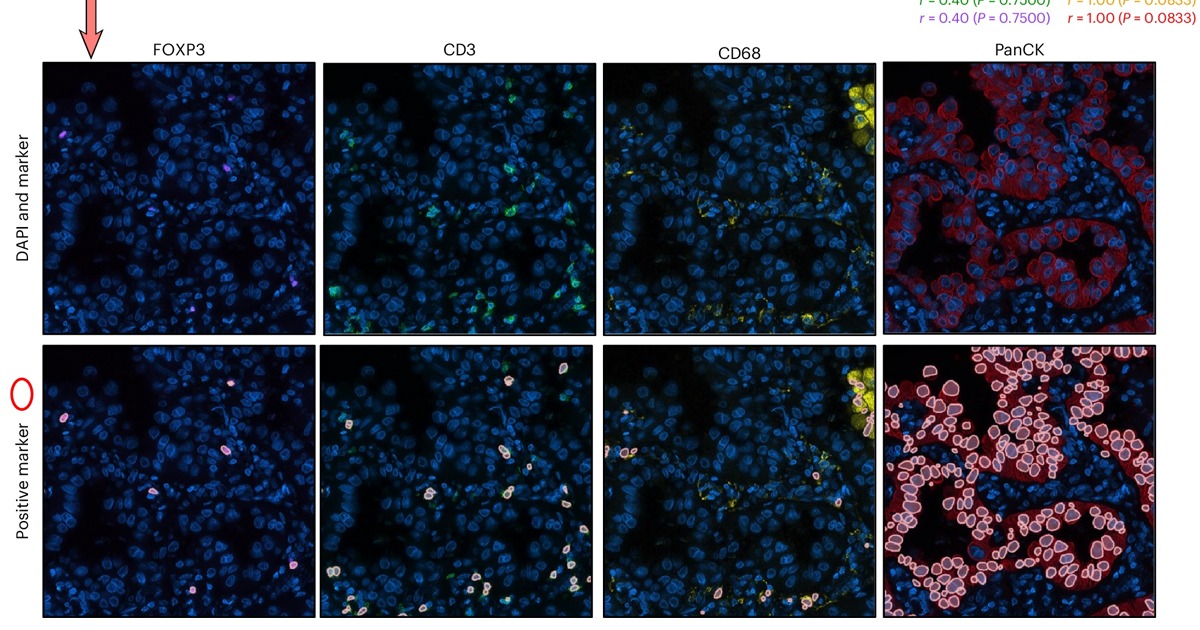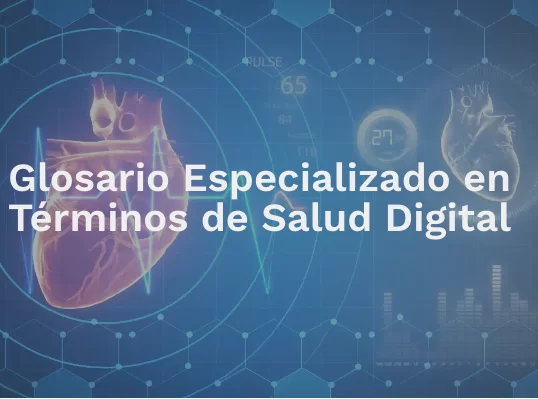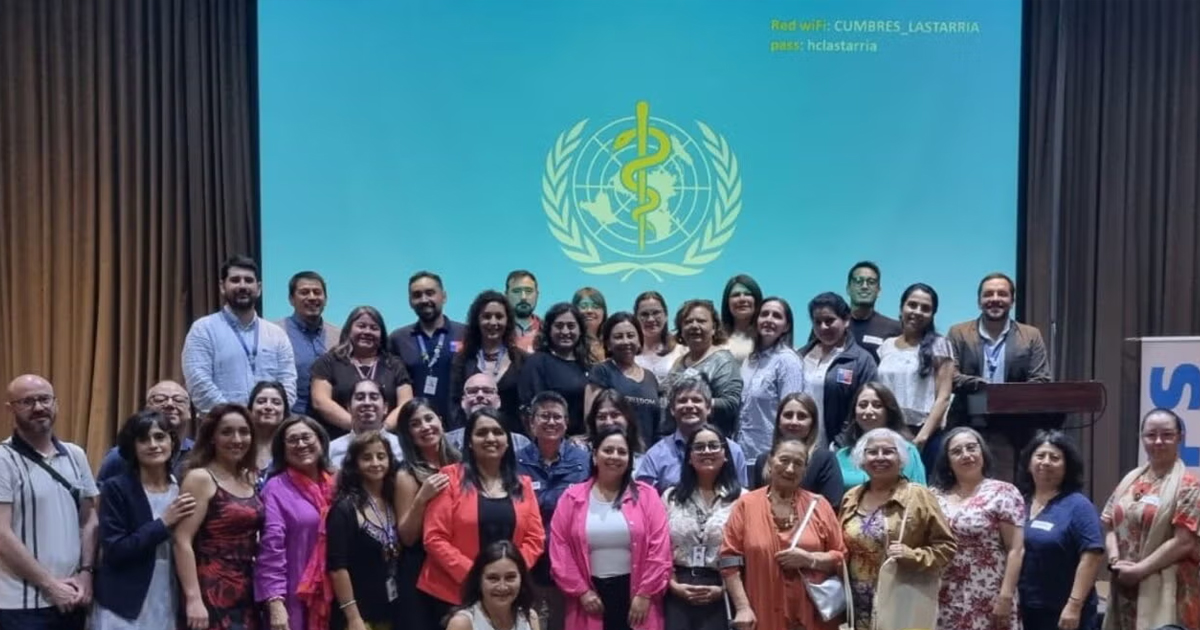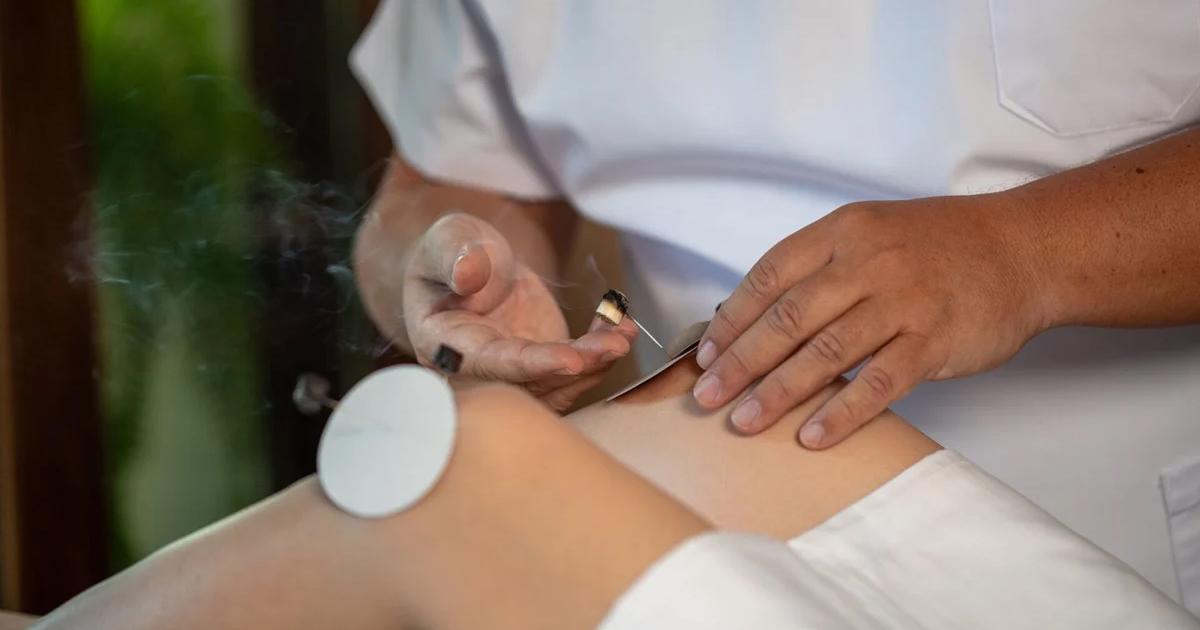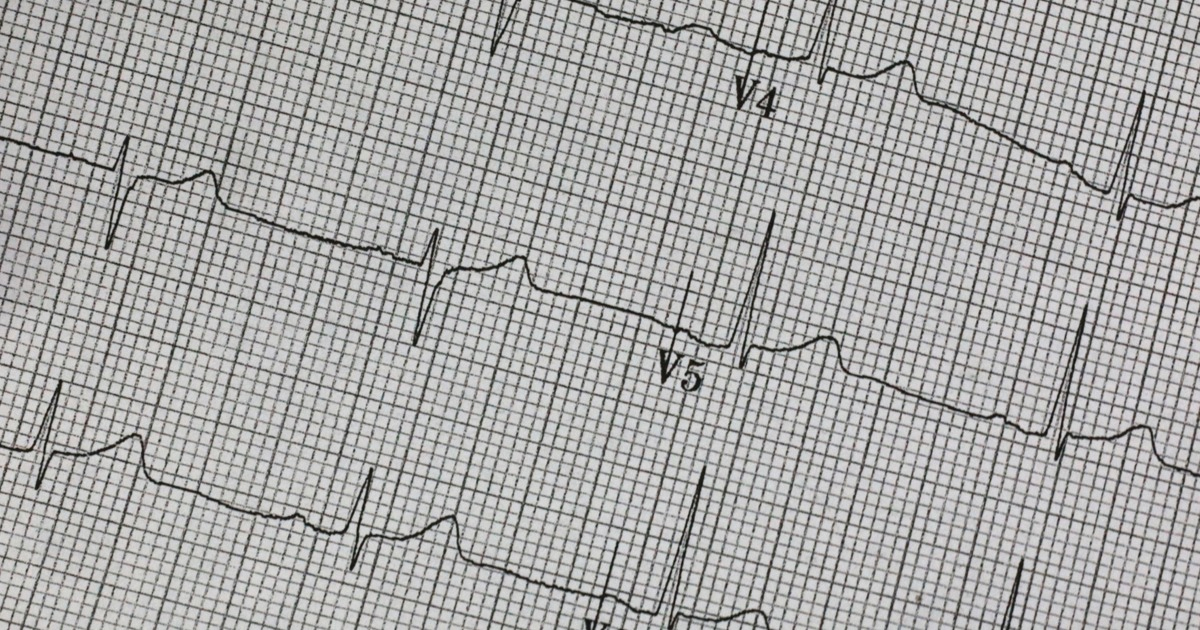Esta nueva tecnología se basa en un sistema no invasivo que permite encontrar los síntomas de la enfermedad sin necesidad de tomar muestras de sangre.
El doctor Mirko Zimic, director del Laboratorio de Bioinformática y Biología Molecular de la UPCH (Universidad Peruana Cayetano Heredia), funded by the Ministerio de Desarrollo e Inclusión Social (MIDIS), desarrolló un software para detectar anemia llamado AnemiaApp. Con esta nueva tecnología, los análisis para detectar una posible anemia, dejarán de causar molestias físicas e inconvenientes por falta de tiempo o cuestiones de distancia.
The MIDIS optó por buscar métodos no invasivos que permitan diagnosticar esta enfermedad, la cual en Perú afecta al 43.5% de niños menores de tres años. También se trata de un asunto de inclusión, pues el país sudamericano tiene áreas alejadas de cuidado médico que pueda ayudar a los infantes que necesitan de un diagnóstico certero. Con la nueva tecnología será posible proveer a los menos afortunados de un monitoreo constante y efectivo.
La manera en que la aplicación funciona es la siguiente: el primer paso consiste en tomar desde un celular varias fotografías del párpado inferior del ojo; a continuación, se deben completar algunos datos básicos como edad y sexo; esta información se envía hasta un centro de datos ubicado en la Cayetano Heredia University donde, en tiempo real, los servidores reciben la información, procesan la imagen y hacen una estimación del nivel de hemoglobina para obtener el resultado final.
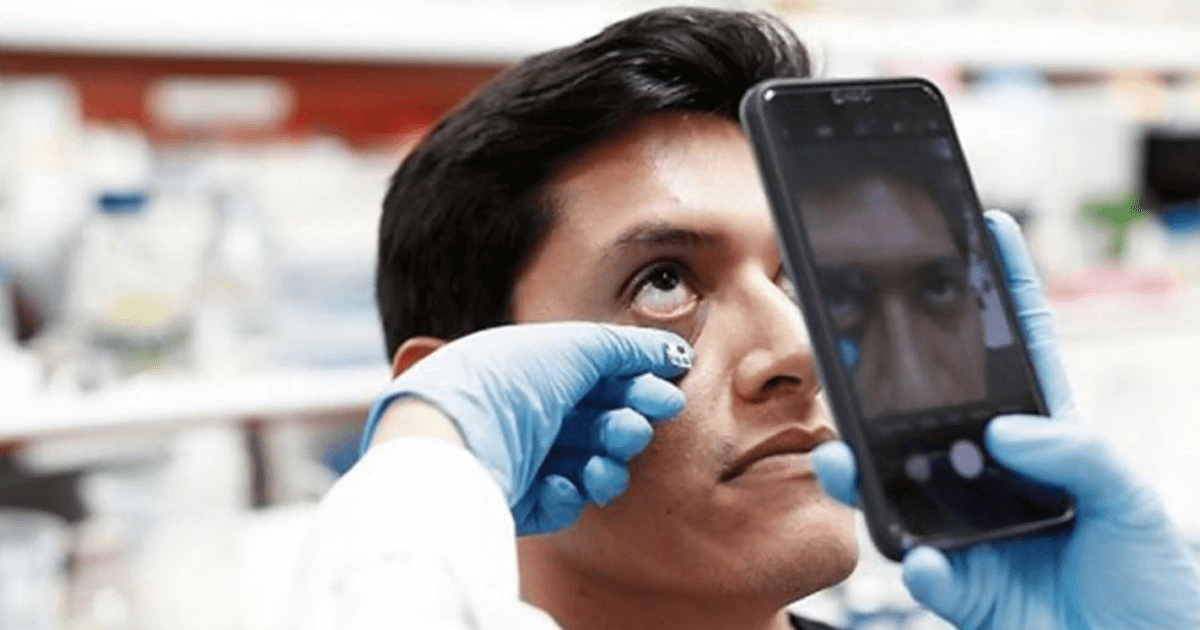
Para lograr los resultados más certeros, se recurre a la Artificial Intelligence para que los algoritmos programados sean capaces de analizar la imagen y a partir de sus características identificar los casos potenciales de riesgo. Se necesitan pruebas de individuos que presentan los síntomas de la anemia para que, con base en los aspectos físicos que presenten, la aplicación pueda aprender por sí sola cuando se está ante un caso de dicha enfermedad.
Para alcanzar una perfección en los resultados de los análisis se necesitará añadir más muestras de imágenes a la base de datos construida para que el programa se nutra de más experiencia en la detección. “La aplicación va registrando la intensidad del color o el grado de palidez, así como el grado de vascularización”, finalizó Zimic, quien desde el inició tuvo la visión de beneficiar a la población menor en el sentido de reducir su estrés y preocupación ocasionado por una inminente aguja; con esta solución ya no se necesitará picar para sacar muestras de sangre.


